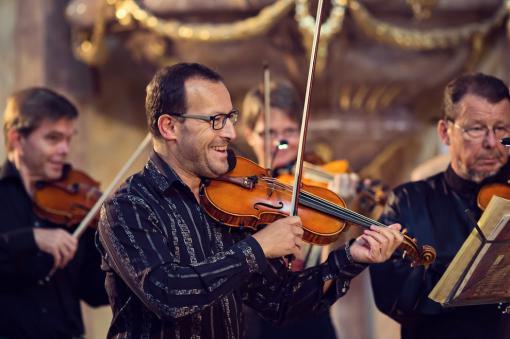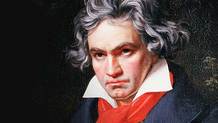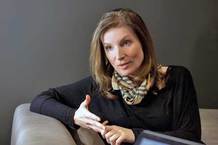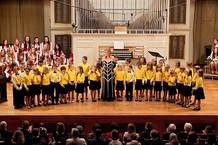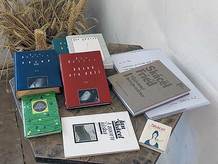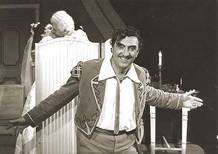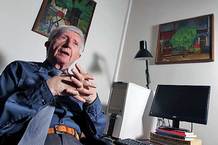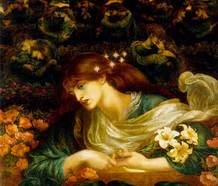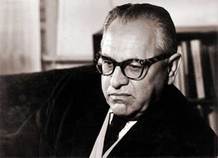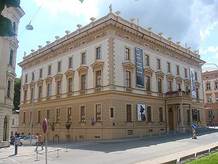Jiří Beneš
News
Feature articles
A trio of concerts with the same programme as performed by Czech Virtuosi in early September in monasteries in Vranov, at the Grohova Street in Brno and in Doubravník can be considered as much a final goodbye to a beautiful holiday (a visit to the church delicately set into a beautiful landscape is in itself one of the noblest tourist experiences) as a step into the new concert season. Let's remind ourselves that the Brno ensemble with the difficult English-Italian name has been filling the space between large orchestras and chamber ensembles since its founding in 1998 in more than just the Brno concert life - so far they have performed a third of their concerts abroad. And they do so at a high level: its members are top players from the Philharmonic Orchestra and the Opera Orchestra, led by the concert master Pavel Wallinger from his stand. more
Following the life story of Ludwig van Beethoven is just as fascinating as immersing into his music. The life of one of the greatest composers of all time is reflected in his symphonies and piano sonatas, but most intimately in string quartets. These are the themes of this year's Concentus Moraviae festival. Festival dramaturgist Jiří Beneš takes over. more
The need for a new symphonic and cantate concert hall in Brno is first mentioned in a dictionary of music by Pazdírek in 1929. Since that time this issue has come to the surface in more frequent intervals, fuelled by the existence and needs of the philharmonic orchestra, by the growth and requirements of the symphonic audience and also by the expectations of foreign visitors of Janáček’s city. There were different stages of realization of projects at Žerotínovo square (currently Bílý dům), Joliot Curie square (what is now the last section of Šumavská street with the commercial high rises), Obránců míru street (currently the ombudsman’s palace on Údolní street) and – at the turn of the 1980s and 1990s – the undeveloped area between Besední and Veselá street. The quiet struggle, which has taken place for this especially lucrative and exceptionally advantageous place for a philharmonic orchestra, has recently come to a promising outcome. more
Of all the Christian holidays, Christmas is the musically richest and it is usually hard on musicians. They are, however, not angry about it ; besides a certain extra income, Christmas music brings them an indefinable feeling of Christmas which takes them back to their childhood and can be experienced just once a year. Even the Bolshevik failed to eradicate this, no matter how hard he tried. Once, when there were comments from the region that members of the philharmonic organisation attend Christian churches during the holiday and serve black clericalism, the philharmonic officers voted (with calendars already full of Christmas ceremonies) that they will not even step inside a church this time – and then they watched, clenching their teeth, how their warm seats in the choir stalls were occupied by their colleagues from the opera where they did not take servility so seriously. more
Jan Skácel would most resolutely protest against the presence of his person in the gallery of musical figures from Brno which this commemorative series is supposed to be. Although raised in a family of teachers in Moravian Slovakia, he had a clear idea of his (non)musicality. You cannot talk about music to me, I have no ear for music, I do not listen to music and I do not understand it. Already in kindergarten in Poštorná, he stubbornly refused to sing with the other children and looked as obstinate then as he did his whole life (Janek will have a hard life, Mrs. Skácelová used to say about her elder son, he will not know how to deal with people as well as Petr). And at the time when he was thinking about a university career as an assistant at the newly-established faculty of education, he talked about musicological education with much scornfulness. more
On Saturday 21 March 1953 a group of players of the then Symphonic Orchestra of the Brno region with the conductor Waldhans set off to their traditional first spring walk after one of the rehearsals; they spent afternoon in the hills overlooking Královo Pole and were on their way back to Černá Pole, they made a lot of stops and tried to say goodbye many times but unsuccessfully. Finally, one of them remembered that two of their colleagues were playing in a home quartet at the Hrubeš family that evening; we rang the doorbell of their basement flat in Helfertova street before midnight and started to congratulate the famous opera singer on the first spring night. The quartet was on their way home with their instruments but Eduard found other instruments in his collection, distributed them among the new guests (Waldhans was given a wooden spoon) and he made the ensemble play the whole Eine Kleine Nachtmusik by Mozart. more
This November it will have been ninety years since the composition of the first of the two string quartets by Leoš Janáček. The composition, which is today a natural part of the international quartet repertoire, has a subtitle which is understood only by a few at first sight: Motivated by the Kreutzer Sonata by L. N. Tolstoy. The name of the Belgian violin virtuoso Rodolphe Kreutzer lives today in the collection of great etudes, which must be mastered by every professional violinist, and then in the said sonata, which however was not written by him, but by Beethoven – he dedicated it to him. Another Kreutzer Sonata was written by Tolstoy, not as a sonata but as a more extensive novel: In that, Beethoven's Kreutzer Sonata is the literary motif of one of the characters in a love triangle, a demonic violinist, who charms a young lady, the wife of the narrator, who eventually becomes her murderer. more
The Bakalas were an unusual couple. He looked at every moment – perhaps even at home in his pyjamas – like the chief conductor of a large orchestra, especially when his hair began to create a distinctive silver aureole in his mature years; he maintained his aristocratic restraint not only as a conductor but also in social and personal contact, he did not move rapidly, he did not raise his voice; we also never heard of him being on first-name terms with anyone and even musicians who had played under him for fifteen years were not sure if he knew their names. No so Mrs. Marie; wherever she came, she was just everywhere, she had something to talk about with everyone and – what was important – one felt that her warmth was genuine. She did not hide her love and admiration for her husband even though she, as a Brno native, referred to him as that boss of yours; it was characteristic that the orchestra referred to him exclusively as Bakala, while to her as Mařenka. more
In the first post war year, my older colleague from the student quartet and I came from Kroměříž to Brno very briefly: he was trying for admission to the conservatory and I quietly envied him. Back then, the conservatory was already housed in its current building, a former German Teachers Institute; Ferda left me waiting in front of it and went in for information with some papers. After a while, he appeared in the company of a dignified-looking man in glasses, to whom he was saying something vehemently; without them noticing me, like peripatetic philosophers they headed towards Lužánky and disappeared around the corner. Ferda returned just in time when I was already determined to go to catch a train back to Kroměříž. He looked a little distracted. more
On Saturday, 18 May, the Philharmonic will for the first time add its Besední dům to the Brno Museum Night. Visitors, for whom the viewing of the foyer with its installed exhibition and information material is not enough, will have the opportunity to take an hour-long guided tour of the palace (from 7:00 p.m. every hour): it will lead across the ceremonial staircase into the large hall (talk about the history of the Besední dům and its current function with a mini concert), then through the office of the chief conductor to the directors' lounge (talk about the Philharmonic and another mini concert) and then to the sound room (an ensemble rehearsal room where visitors will hear a third mini concert and can have their questions answered); when leaving they will once again see the hall from the gallery and pass through the small hall (with a bust of Břetislav Bakala) back into the foyer. A musical performance will be performed in the first half of the evening/night - students and choirs of the Smetanova Art School, and then in the second half by the members of the Philharmonic. more





